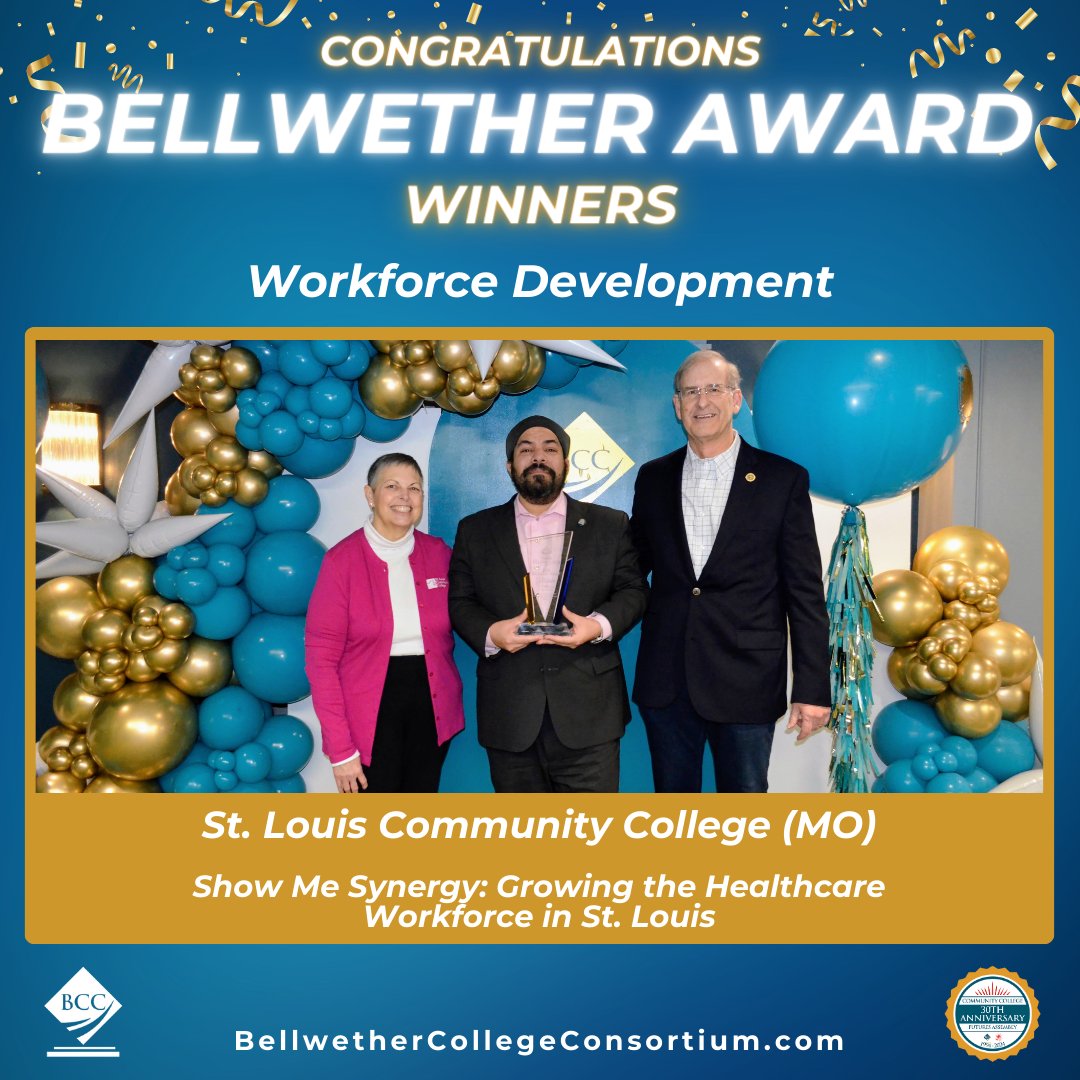STLCC administrative team creates work groups to address potential deficits
By: Melissa Wilkinson
Editor-in-Chief
Chancellor Jeff Pittman recently announced via email that the STLCC administrative team has created several work groups in order to respond to the current budget situation.
The email, sent Aug. 29, named five work groups in total – Employee Optimization, Employee Benefits Analysis, Employee Overload/Overtime/Sabbatical Analysis, Program Review/Consolidation and Departmental Outsourcing and Consolidation. Each group will focus on its titular concept regarding ways it can be altered to immediately ease the burden of the recent budget cuts.
“We have for each [workgroup] a team champion composed from our leadership team,” said Pittman in an interview. “They may go into the initial meeting and say ‘here are some ideas’ and then they’ll listen and collect information and feedback from the
people there.”
In addition to the team champions, each workgroup will contain additional members including division deans, academic department coordinators and representatives from campus police, information technology, human resources and the National Education Association (NEA). While some members have been announced, many are still yet to be chosen. Chancellor Pittman plans to allow the stakeholder groups to nominate their own representatives.
“The bargaining unit leads are stakeholders,” said Pittman. “The faculty and staff governance are stakeholders. Some of the departmental leads are stakeholders. We’re trying to get a cross section of people involved who can provide us with ideas and input and recommendations as we consider what we’re going to take to the trustees in November.”
In addition to the work groups announced in the email, Pittman mentioned the creation of a new Innovation Council which will focus on previously untried methods of fundraising.
“I was thinking,” said Pittman. “We’re looking at all these cost reduction measures but have we considered other options for revenue generation, or maybe new programming that could generate revenue through enrollment or other means?”
Dr. Elizabeth Perkins, provost at the Florissant Valley campus, will lead the Innovation Council along with a co-leader she will choose from the faculty.
“Essentially, we will work to find ways that we can assist our strategic planning groups by providing innovative solutions to budget shortfalls, creating new approaches to reduce inefficiency, and examining ideas that can lead to additional revenue or enhanced opportunities for our students, colleagues, and partners,” said Perkins.
Dr. Perkins expressed a positive outlook on incorporating faculty and staff input into her workgroup.
“…Our faculty and staff have incredible ideas for innovation. In our efforts to gather input regarding our campus strategic planning, we have used surveys, town halls and open forums, campus newsletters, SGA listening sessions, and formal presentations. Through these avenues, we received so many great ideas that we have already implemented at Flo Valley, and I’m excited to see what this new opportunity can bring for the college as a whole.”
The announcement of these workgroups came a few weeks after Chancellor Pittman received 156 emails expressing concerns from faculty. The email campaign, prompted by NEA president Robert Hertel, was in response to a July email sent by Pittman to faculty and staff announcing the possibility of a reduction in force.
“I very much appreciated the emails. They were…very professionally written, and I can certainly share the faculty’s concerns,” said Pittman. “I don’t see this as an administration versus faculty situation. It’s just something we all have to deal with. And we’re trying to find the best solution to deal with it.”
Although some faculty, including NEA vice president Emily Neal, expressed frustration with the way Pittman delivered the news, Pittman stood by his decision, and stressed his intention to remain transparent though the
entire process.
“When I saw the governor’s budget, I immediately wanted to alert folks that it happened. I wanted to show what we’ve already done to reduce costs,” said Pittman. “I’m always honest with people. I don’t think waiting is going to make the message any easier. As we go through I’ll provide them with updates, probably in a similar format.”
Chancellor Pittman regularly attends faculty and staff governance meetings and stated he will provide updates at those meetings.
He also plans to have all workgroup meetings recorded and put up for download via Blackboard.
Since taking over the position in 2015, Pittman’s team has reduced overhead by roughly $300,000 through methods like flattening STLCC’s organizational hierarchy with the provost model and reducing noncritical positions. Pittman plans to continue to create a leaner school structure. STLCC’s downtown administration building, the Cosand Center, will also be sold to increase capital. Cosand Center employees will be dispersed throughout other STLCC campuses.
Pittman also cited community awareness, one of STLCC’s six strategic initiatives, as a potential source of revenue generation through increased enrollment. According to Pittman, the administration has developed plans to make the public aware of the tremendous value STLCC has to offer the community regarding preparation for middle skills jobs.
“Middle skills means education beyond HS but not necessarily a four year degree,” said Pittman. “A lot of the programs we offer are in the middle skills arena. For the first time in a long time there are more middle skills jobs than there are workers…For the third year in a row, the number one barrier to expanding employment is shortage of workers with knowledge or skills.”
Although Pittman stated there is a possibility that a reduction in force will still happen, he also stated it was too early to tell. A cohesive plan for improving the budget situation must be presented to the Board of Trustees meeting on Nov. 30. Despite the looming deadline, Pittman encouraged all faculty to contribute ideas to cut costs or earn revenue for the college.
“I’m trying to give [faculty and staff] the option to come up with solutions,” said Pittman. “We’re all in this together. We’re trying to find ways to address the reality in as creative a way we can. My fear is that when budget cuts come is that everybody hunkers down and stop being creative. And we need to push the envelope on that.”











